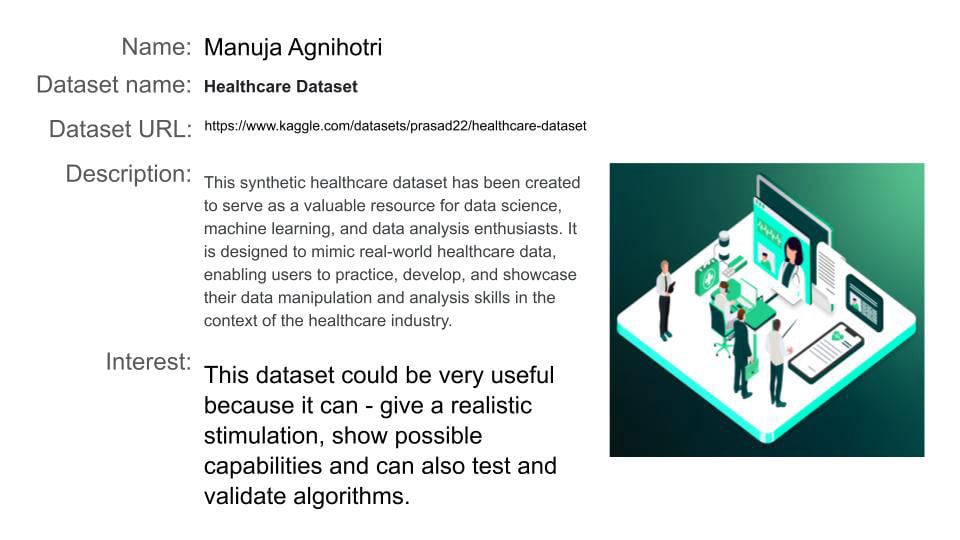
Individual Dataset
What is a dataset?
In the context of AI and machine learning, a dataset refers to a collection of data that is used for training, testing, and evaluating a machine learning model. It serves as the input for the model to learn patterns and make predictions. A dataset typically consists of examples, where each example is a set of inputs (features) along with the corresponding desired outputs (labels or target values).
Key components of a dataset:
1. Features: These are the input variables or attributes that the model uses to make predictions. Features can take various forms, such as numerical values, categorical variables, or even more complex data types like images, text, or audio.
2. Labels or Targets: For supervised learning tasks, the dataset includes labels or target values. These represent the desired output or the correct answer corresponding to the input features. The model learns to map input features to the correct labels during the training process.
3. Training Set: This is a subset of the dataset used to train the machine learning model. The model learns from the input-output pairs in the training set to make predictions on new, unseen data.
4. Validation Set: After training, the model is evaluated on a separate portion of the dataset called the validation set. This set helps assess the model's performance and tune hyperparameters to avoid overfitting (fitting the training data too closely) or underfitting (not capturing the underlying patterns).
5. Test Set: Once the model is trained and validated, it is tested on another independent subset of the dataset called the test set. The test set provides a final evaluation of the model's performance on new, unseen data.
Datasets are crucial for building and evaluating machine learning models. The quality and representativeness of the dataset significantly impact the model's ability to generalize well to new, unseen data. It's important to have diverse and well-curated datasets to ensure that the model learns meaningful patterns and can make accurate predictions in real-world scenarios.
For the individual task I chose the dataset that is a synthetic dataset that has been created as a resource for data science, machine learning and data analysis. I was interested in this dataset because it is synthetic, and could potentially be useful in public hospitals with unorganized data systems. This is helpful as well because it gives a realistic stimulation, shows possible capabilities and can validate algorithms. Below, you can read my dataset better and visit the dataset URL here.

Individual Dataset
For the group project, we (Carlotta, Flora, Jorge and I) decided to continue with the second design intervention idea. The idea is an AI bot that repurposes food waste to creatively give sustainable solutions to recycle the waste (ei - freezing waste to make broth, using waste as plant fertilizer). This project allows better use of thrown away food waste, creates a better environmental impact, encourages creativity and can potentially be good for health and nutrition. This activity allowed us to learn the benefits of repurposing food waste and also how to code on replicate and use the AI sources provided to us by Pau. Below is the presentation where you can read the project and the details of it.
The Simple Code
The seminar on artificial intelligence proved to be an intellectually stimulating and profoundly informative experience, providing a comprehensive exploration into the intricate workings of AI. Delving into the core concepts of AI, including datasets and neural networks, I gained invaluable insights into the underlying mechanisms that drive this transformative technology.
Pau, our guide through this complex realm, went above and beyond by introducing us to a plethora of websites and resources. This not only enriched our understanding of the subject matter but also laid a robust foundation for future reference and exploration. The information shared by Pau undoubtedly contributed to the depth of our learning and the applicability of the knowledge gained.
The visit to the CCCB AI museum was nothing short of a revelation. Witnessing the diverse array of AI projects showcased in the museum added a tangible dimension to our theoretical understanding. The 25 interactive installations provided a hands-on experience, allowing us to engage with AI in ways that extended beyond the classroom. From smelling the flowers of an extinct tree to adding a voice to a musical composition crafted using AI, the visit illuminated the practical and creative facets of artificial intelligence.
The emphasis on a real-world application, such as the zero food waste project, further broadened the scope of our learning. This endeavor not only underscored the importance of repurposing food waste but also highlighted the versatility with which AI can address societal challenges. The practical implications of AI in sustainability initiatives became evident through this project, leaving a lasting impression on my perspective.
As I reflect on the seminar, I am confident that the knowledge and skills acquired will significantly influence my future projects. The resources provided by Pau serve as a treasure trove of information, a guide that I can turn to as I embark on my AI journey. I also plan on properly learning python coding in depth as to go further into the world of AI and being able to experiment it on my own terms. The seminar's distinction as the best of term 1 is well-deserved, attributed to its unparalleled informativeness and the hands-on exposure to Python coding. The amalgamation of theoretical depth, practical engagement, and the encouragement to experiment has made this learning experience truly exceptional, setting a high standard for future seminars.
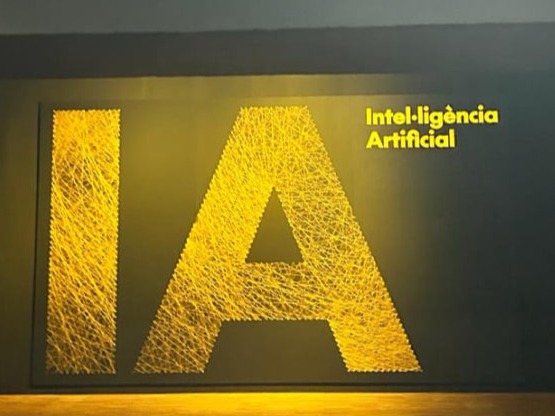
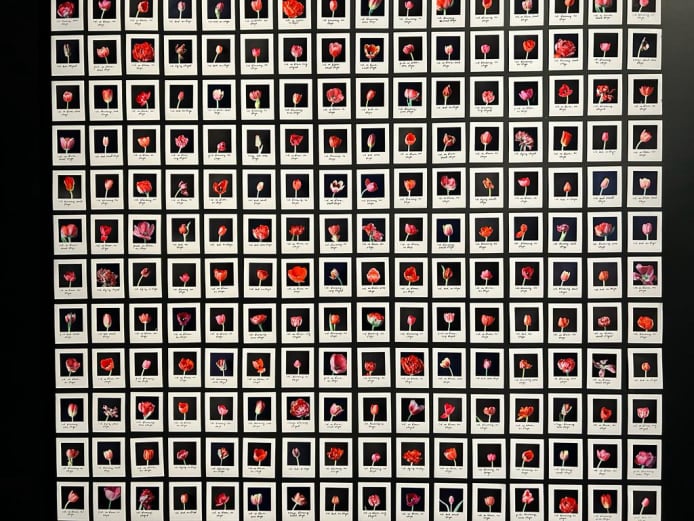
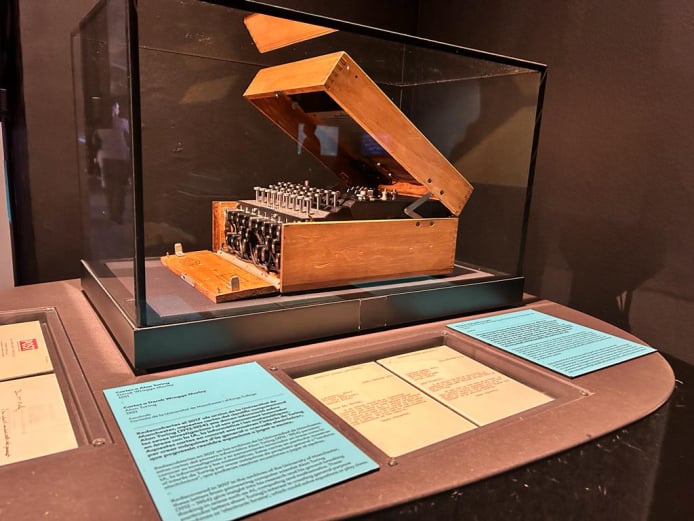
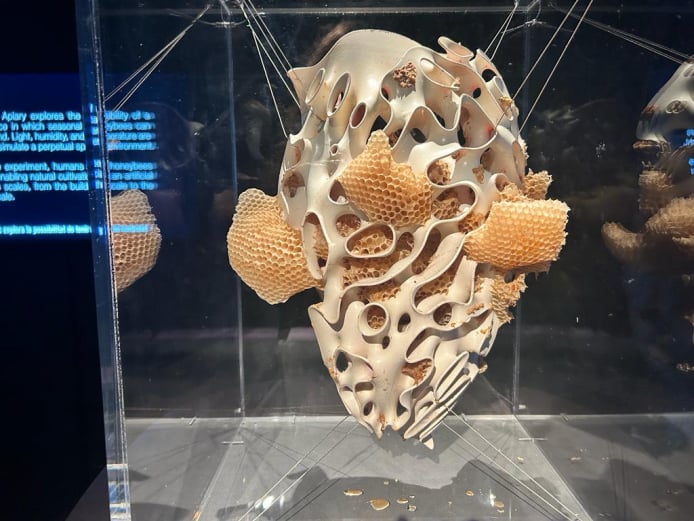
AI Website Software